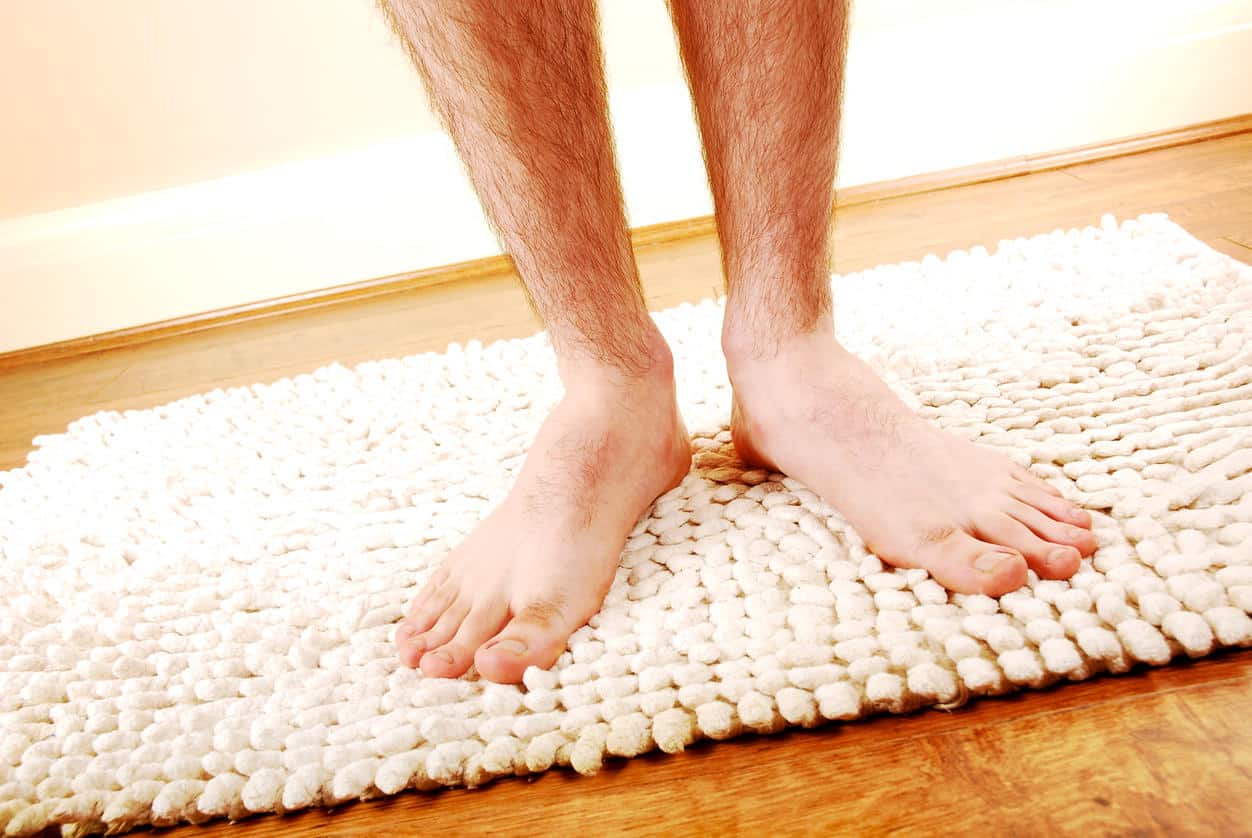A patient of Diabetes developing foot ulcers is a common complication with complex repercussions. These ulcers that typically develop on on the bottom of the big toe or the ball of the foot many a times ends with amputations or causes nasty infections.
Patients with diabetes frequently have nerve damage that limits their ability to feel pain, and as a result don’t notice the developing ulcers.
But scientists have now designed a system that can catch these foot ulcers early. The “Supermat” designed by Podimetrics, a startup created during an MIT “hackathon” in 2011, uses variations in temperature at different points on the foot as a predictor of foot ulcers; it simply relies on the concept that tissue heats up before it becomes a wound.
American Diabetes Association recommends people with diabetes to undergo a comprehensive foot evaluation each year. Specially patients with a history of ulcers or amputations, insensate feet, foot deformities or peripheral artery disease are advised to get their feet checked out at every doctor’s visit.
The way it works is, when a patient steps on the Smartmat for 20 seconds, the system measures the temperature difference at various locations on the feet, specifically looking for a “hotspot
,” or a place where the temperature is persistently higher than in other areas.A monitoring device later alerts patients and physicians when the data indicated chances of a developing inflammation.
“In a real-world setting, when a doctor gets a notification that a patient has a hotspot, the patient will be advised to reduce physical activity for a period to let the developing wound heal or may be asked to come in for a visit in serious cases. This is critical for adherence and ultimately achieving ongoing prevention of diabetic foot ulcers and its devastating complications” said lead investigator Robert Frykberg.
The 129-patient study, the system detected as many as 97% of developing nontraumatic plantar foot ulcers in an average of five weeks before they were presented clinically. Additionally, 86% of patients used the device at least three times a week, and 88% of them said it was easy to use.
The mat has already been approved for sale in the U.S. for the periodic evaluation of temperature variations in soles of the feet to detect signs of inflammation.



























